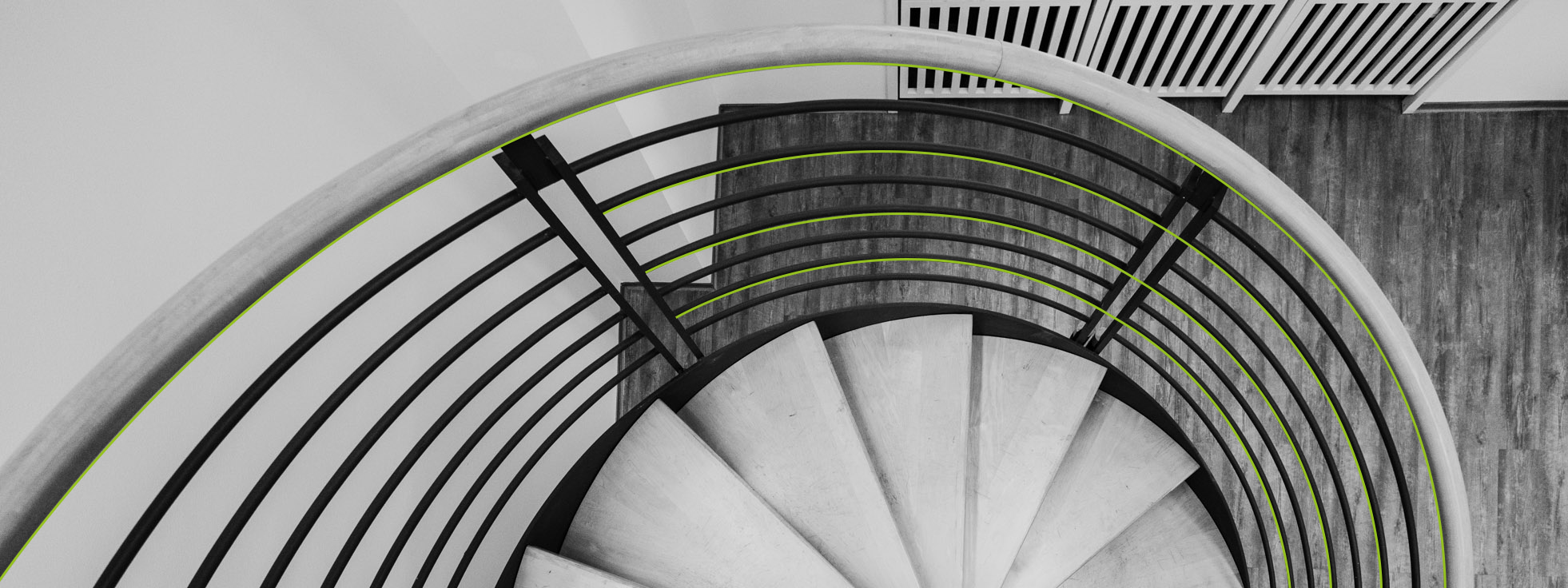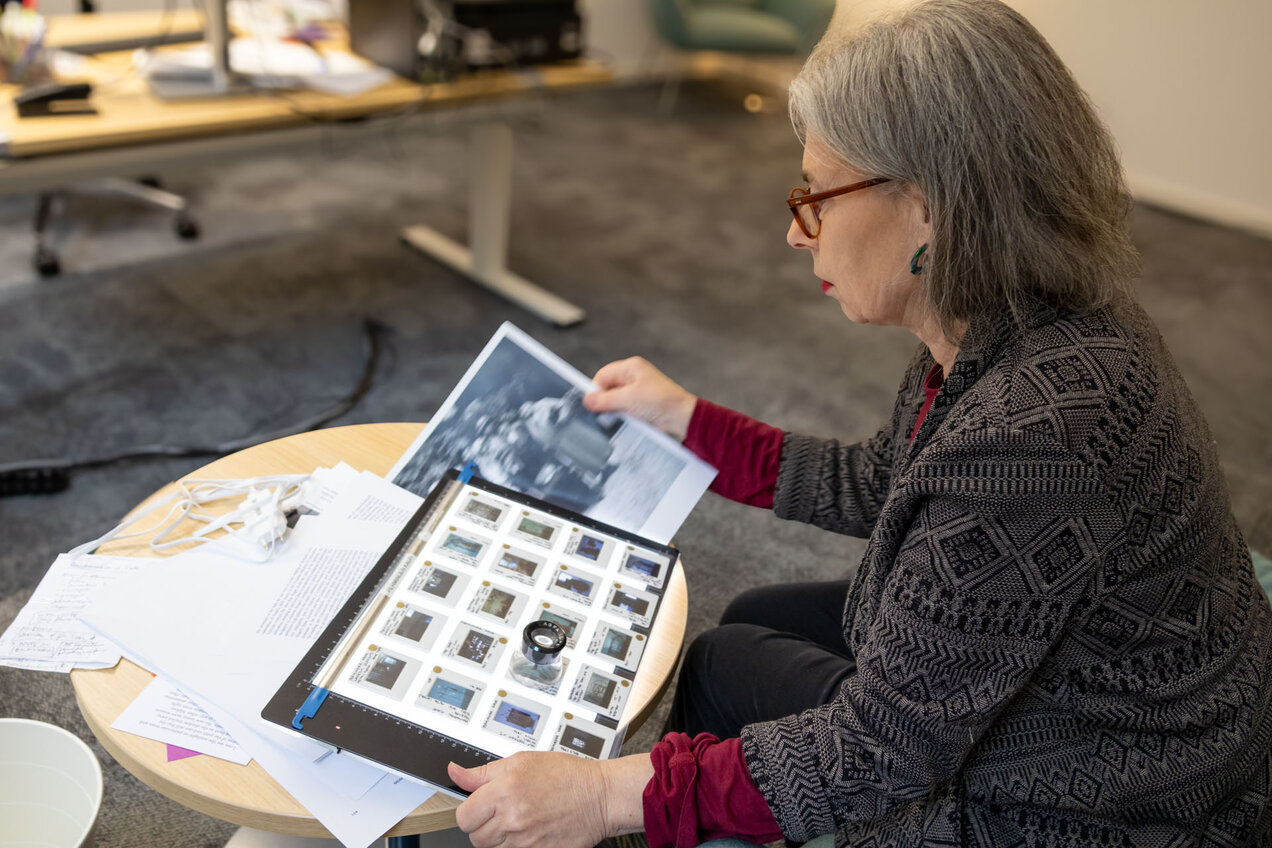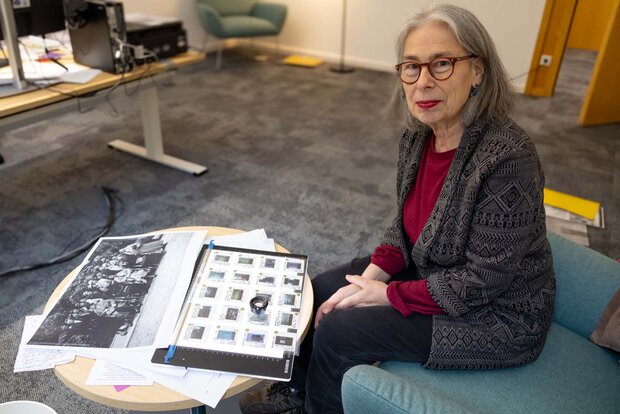
Interview with Althea Greenan

The Women’s Art Library (WAL) at Goldsmiths, University of London, is a collection of various forms of art documentation dating from 1900 to the present. It includes archives of historical organisations as well as individuals, with a focus on women artists’ collective work in the UK, and was founded in response to the lack of educational resources on women’s art. Althea Greenan has curated the Women’s Art Library since 2004. During her fellowship at the College, she is working with Tahani Nadim on a project that centres on archiving as an emancipatory tool for political participation. It is based on the assumption that community archives, counter-archives and “archives from below” have sought to document and give voice to histories and subjectivities that are typically excluded and marginalised in the “production of history”. Althea Greenan is interested in how today’s diverse communities in the Ruhr region might be creating a collective memory culture as a result of the region’s industrial and post-industrial history.
As a custodian of archives, photographic materials and publications forming the Women’s Art Library (WAL) at Goldsmiths, University of London, I work with the problems between collections of art documentation and the discourse they support. The WAL material is a performative feminist project, whose collection was instigated by a group of artists in London in the late 1970s documenting other women artists’ work alongside their own. Its ongoing development as a growing resource encourages disparate forms of research – including mine – that consider how and what we collect to analyse, historicise, teach and connect with art through its documentation. At the core of my research is the question of how to keep what is not represented by the material within sight, guided by my curatorial work learning from artists and building on my PhD dissertation, in which I critique the process of digitising photographic collections.
Yes, this is the kind of information the material might prompt a researcher to want to clarify or find elsewhere. But when, for instance, documents or photographic records are digitised and rendered into PDF or JPEG or TIF files to be accessed from a website as individual files, the “vibrant” materiality of those items is very much reduced, because of being separated from the context of the collections they form. There is a synergy between the item and the material collection that preserves it that is not seamlessly legible in digitally networked spaces. These documents speak/act differently in these different public spaces of research experience. No artist file, and I would also suggest that no archive, is comprehensive per se, regardless of how much physical material is in it. Our work with archives looks at what else they represent besides what we can immediately describe. What else do they hint at? Or whisper?
My perspective on the question of digitising artistic objects is shaped by the alternative forms of documentation that artists offer to the Women’s Art Library as they seek to share and preserve evidence of their studio and related practices. This is an especially rich treasure trove of strategies as women maintain their art practices in different spheres of life. Instead of photographic reproductions, we increasingly receive small-scale publications, collectively produced magazines, t-shirts, or even food/sweets, and knitted items that archive a different kind of knowledge outside of image and text / article and illustration. I give artists or creative collaborative groups an archive box to fill as a means of representing their work, and these items are an invitation to re-enact artworks or actions as part of the process of historicising and preserving our knowledge of them. Digitisation should be regarded as only one of many ways of exploring the futures that these archives documenting art practices might help us realise.
‘Animating Archives’ is a way to celebrate innovative research methodologies emerging from different disciplines that acknowledge how archives that have been built and maintained outside of institutions animate research. And so, this is not a project that seeks to animate archives in the usual sense that websites often undertake, with elaborated interfaces and focusing on user experience. The blog collects different stories of critical research encounters, and workshops were developed by PhD researcher assistants exploring different ethics and protocols around archive work and digital access. The last workshop focused on the expanding theories and practices of creative captioning that render digital research sites more artistically accessible to critical neurodiverse users.
I am looking closely at archives and collections in the Ruhr region as projects of memory to map alternative educational resources for a start. Understanding the setting of my host university gives me an opportunity to explore what distinguishes my curatorial approach to the Women’s Art Library based in a London university as a space for institutional critique. My work with Tahani Nadim, who is research professor at the College as of October 2024, so far included contributing a workshop to the University of Copenhagen’s research group ‘Data loss (DALOSS)’ gathering on “the politics of disappearance, destruction and dispossession in digital societies” in December 2024. I brought materials from the Women’s Art Library collection to enrich these discussions and form the starting point for a programme of postgraduate seminars at Ruhr University Bochum.
I also took part in two events in February 2025, one as part of ‘The Ignorant Art School 12 Hour Acting Up Day’ in Dundee, UK, as a panellist talking about feminist friendship. The second was as a co-convener/presenter with Dr Catherine Grant at ‘Have Some Imagination Towards A Manifesto For Arts Education’ at the Baltic Centre for Contemporary Art in Newcastle, UK. I will also be attending the Association for Art History conference in York, UK, in April 2025 to receive one of this year’s Association for Art History Fellowships. The news that I had been honoured with this fellowship came as quite a surprise!
But most importantly I am organising a workshop in association with the LIESELLE archivist Katja Teichmann who has recently edited an excellent publication called Aktivist*innen im Archiv. LIESELLE is a queer-feminist archive and library at Ruhr University Bochum that has existed for 45 years now. This workshop will bring together a range of academics, contributors, interested students and artists to consider how publications can work as invitations to research, especially archives emerging from activism. This will take place after Easter, but I am still working out the details.

"I am intrigued by the question of how today’s living and diverse communities in the Ruhr region might be creating a collective memory culture alongside other archives resulting from the region’s rich history of industrial and post-industrial development."
Althea Greenan
I am intrigued by the question of how today’s living and diverse communities in the Ruhr region might be creating a collective memory culture alongside other archives resulting from the region’s rich history of industrial and post-industrial development. The Ruhr region offers an opportunity to explore differing value systems through the collection initiatives that are established or perhaps just starting up. I have so far visited two extraordinary collections, AFAS (Archiv für alternatives Schrifttum) in Duisburg and the LIESELLE archive and library at Ruhr University Bochum. I look forward to returning to these collections and to working with LIESELLE as I mentioned. It has been especially exciting to discover that the Afro-German artist and activist Fasia Jansen is represented by her archives placed in these collections in addition to the Fritz Hüser Institute for Literature and Culture in the World of Work that I have yet to visit.
LIESELLE and AFAS are what ‘Animating Archives’ would consider to be “grassroots” archive collections that are sustained by invaluable voluntary labour. I look forward to writing about differences and commonalities with archives based in the London metropolitan area as my research will also focus on the affects and differences of working without as well as within a collection. While all collections of archives guide us to questions of what is absent, I am in a rare position to consider in a constructive way what it means to be the absent archivist.
I am inspired by the rich thinking and innovative practices that activate archives and collections that artists create. My day-to-day work is inspired by the flow of enquiry, the next researcher’s unpredictable question that directs me to a new part of the collection. I am guided by the original mission of the Women’s Art Library (WAL) to promote awareness of women’s art practice and my research grows from the realisation that the WAL archive offers a way to understand the importance of art beyond how we practice it. It is an archive made up of different materials and communication technologies that enable us to question how cultural legacy relates to social justice alongside feminist work. The archive also offers moments of enlightening affective connection: one of which is summed up by the title of a postal art piece by one of the artists who helped build the WAL, Kate Walker. It’s “Not art, heart.”
Dr Althea Greenan works in Special Collections and Archives at Goldsmiths University of London curating the Women’s Art Library (WAL) collection. She programmes artistic research supporting artists, students and academics working with the wide range of materials and archives in the WAL. This work is the subject of a film by Holly Antrum commissioned by the Art360 Foundation titled “Yes to the Work!: The Women’s Art Library”.
Additional roles include co-curating the Animating Archives and advisory to “Feminist Art Making Histories” (an oral history, digital humanities project, funded by the Irish Research Council and the AHRC), and “Women in Revolt” (Tate Britain 2023-24, curated by Linsey Young).
She has written on the work of women artists since the 1980s and her doctoral research on the 35mm slide collection features in the anthology “Of Other Spaces” (edited by Sophia Hao, Sternberg Press 2019) and special issue of the journal “Women: a cultural review” (edited by Dr Victoria Horne, Taylor and Francis 2019). Writing on the Women’s Art Library includes a chapter in “Feminism and Museums”, volume 1 (edited by Dr Jenna C Ashton, MuseumsETC 2017) and the forthcoming article “We’re in the Library!: welcoming creative practices, sharing responsibilities of access” in Art Libraries Journal July 2024.
Althea Greenan is a Senior Fellow at the College for Social Sciences and Humanities from November 2024 until April 2025.
 ©
Catarina Rodrigues
©
Catarina Rodrigues